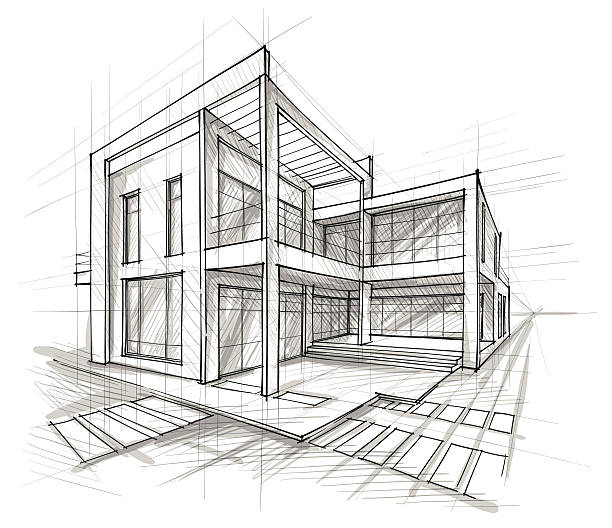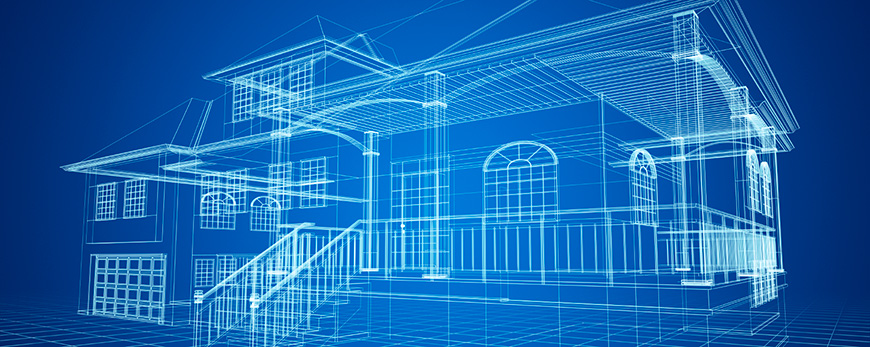Exactly How CDA Architects Combine Creative Thinking and Capability in Modern Design
Exactly How CDA Architects Combine Creative Thinking and Capability in Modern Design
Blog Article
The Effect of Technical Developments on the Style Practices of Contemporary Architects
The rapid development of technical tools has substantially improved the style landscape for modern designers, cultivating extraordinary degrees of innovation and sustainability. Discovering these characteristics reveals a nuanced interaction between innovation and traditional style methods, prompting a closer exam of what the future holds for building practices.
Evolution of Architectural Equipment
Exactly how have building tools transformed the design and construction procedures over the centuries? The advancement of building devices has actually considerably impacted the efficiency, accuracy, and imagination of layout and building.
With the development of the Renaissance, the introduction of the compass and the protractor noted a critical shift. These tools enabled architects to achieve higher precision in their layouts, assisting in the emergence of more detailed and in proportion structures. The Industrial Revolution better revolutionized building experiment the intro of mechanical devices and products, enabling bigger and extra ambitious tasks.
In the 20th century, the development of computer-aided style (CAD) software changed the landscape once again, supplying engineers with extraordinary capacities in modeling and visualization. Today, progressed tools such as Structure Details Modeling (BIM) and parametric layout software application continue to press the borders of architectural technology, allowing a more incorporated technique to layout and building processes.
Improved Collaboration in Style
As technology remains to progress, enhanced cooperation in design has become a keystone of modern architectural technique. The combination of electronic tools such as Structure Information Modeling (BIM), cloud-based systems, and progressed visualization software has changed the way engineers, engineers, and stakeholders interact throughout the style process. These tools promote real-time interaction, permitting teams to share ideas, modifications, and feedback promptly, no matter geographical place.

Additionally, interdisciplinary cooperation has actually been streamlined through these technical innovations, making it possible for architects to function extra carefully with various other specialists, such as city organizers and environmental specialists. The outcome is an extra natural technique to make that takes into consideration different perspectives and proficiency. Eventually, improved partnership in layout is not simply a trend; it is vital for producing innovative, practical, and visually pleasing architecture in a significantly intricate world.
Sustainability Via Technology
Sustainability in design has actually progressively come to be linked with technical development, driving the market toward ecologically liable methods - cda architects. Contemporary engineers are leveraging advanced technologies to minimize ecological influence while enhancing Discover More the performance of buildings. One famous instance is the use of Structure Information Modeling (BIM), which enables precise preparation and resource appropriation, reducing waste throughout construction and advertising energy performance throughout a building's lifecycle
In addition, clever products and energy-efficient systems are being integrated right into designs to optimize resource usage. Technologies such as photovoltaic or pv cells and environment-friendly roof systems harness renewable resource sources, adding to decreased carbon footprints. In addition, the application of expert system in layout procedures makes it possible for engineers to simulate and examine power intake, assisting decisions toward even more sustainable results.
The integration of lasting technologies not only straightens with global ecological goals yet likewise satisfies a raising need from consumers for environment-friendly options. As engineers embrace these innovations, the emphasis moves in the direction of producing areas that are not only visually pleasing but additionally functionally sustainable, consequently redefining the criteria of modern-day architecture. In this method, technology acts as a driver for sustainability, enabling designers to develop structures that regard and enhance the natural atmosphere.
Challenges in Application
While technological developments in design hold great assurance for boosting sustainability, their application often experiences significant obstacles - cda architects. One primary barrier is the steep understanding curve connected with brand-new innovations. Architects and building experts might over here need considerable training to properly make use of advanced software application and tools, which can postpone project timelines and enhance prices
Furthermore, the integration of arising technologies, such as Building Details Modeling (BIM) and lasting products, often requires partnership across multidisciplinary teams. This collaboration can be hindered by distinctions in know-how, process, and communication designs, causing potential conflicts and inadequacies.
Financial restraints better make complex the fostering of ingenious modern technologies. Lots of architectural companies, especially smaller ones, might lack the resources to purchase sophisticated tools, limiting their capability to complete with bigger firms that can pay for such investments.
Additionally, governing frameworks and building regulations might not equal technical advancements, creating ambiguity and potential compliance issues. This obstacle can inhibit engineers from completely accepting brand-new technologies, as the risk of Learn More Here non-compliance may surpass the benefits. Therefore, attending to these application challenges is important for the effective assimilation of technical advancements in contemporary building practices.
Future Fads in Architecture
The obstacles connected with the application of new innovations in style have actually motivated a reevaluation of future patterns within the industry. As engineers navigate problems such as sustainability, urbanization, and social equity, they are progressively adopting cutting-edge modern technologies to enhance layout efficiency and environmental performance.
One prominent trend is the integration of artificial intelligence (AI) in the design procedure. AI tools can examine vast datasets to educate style decisions, boosting both creativity and functionality. In A Similar Way, Building Information Modeling (BIM) continues to advance, enabling real-time partnership amongst stakeholders and facilitating structured project administration.
Lasting layout methods are additionally acquiring momentum, with designers focusing on flexible reuse and regenerative layout concepts that reduce source consumption and waste. The consolidation of wise materials and renewable power resources will additionally boost the durability of structures in the face of environment change.

Final Thought
Technical advancements have dramatically reshaped building style methods, promoting improved precision, cooperation, and sustainability. The assimilation of devices such as Structure Info Modeling and parametric style software, along with synthetic knowledge and smart materials, empowers designers to address complex difficulties much more successfully.
Report this page